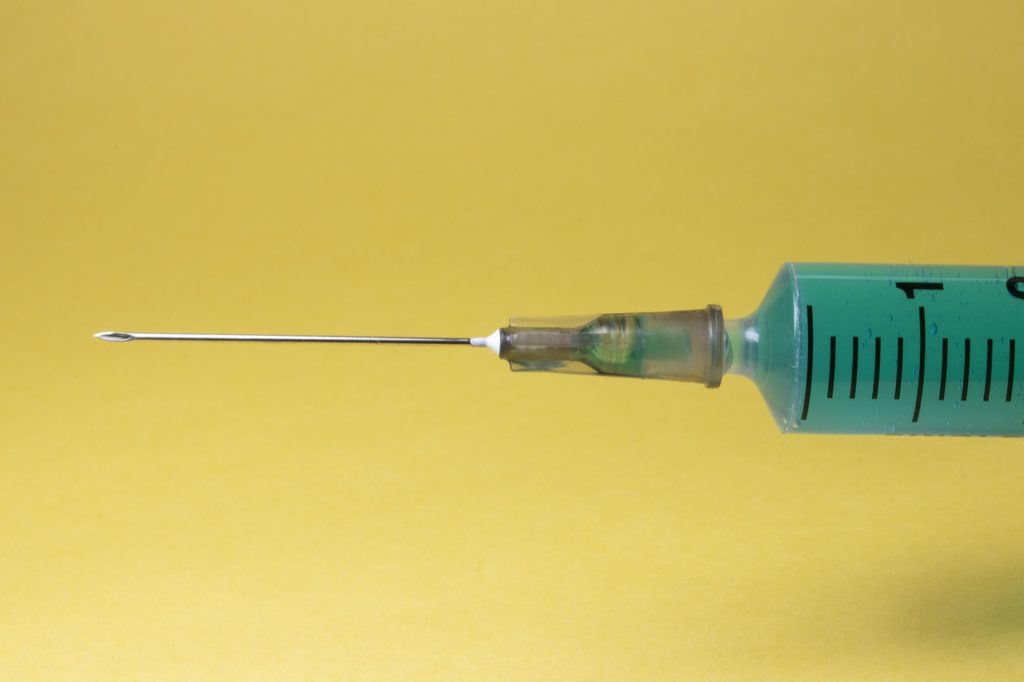Anna Benrick and Patrik Rorsman, Sahlgrenska Academy at the University of Gothenburg, Credit Photo: University of Gothenburg.
New research suggests that inhibiting the hormone somatostatin could be a promising treatment approach for preventing severe drops in blood glucose levels in individuals with type 1 diabetes. A study conducted at the University of Gothenburg and other institutions has demonstrated the potential of this strategy to save lives.
When blood glucose levels decrease in healthy individuals, the pancreas releases a hormone called glucagon. This hormone prompts the liver to produce glucose, which helps to normalize the blood glucose levels. Glucagon has the opposite effect to insulin, another hormone that lowers blood glucose levels. Both insulin and glucagon are produced in the pancreas.
Individuals with type 1 diabetes have insufficient insulin as well as glucagon. When glucagon is not released during a drop in blood glucose, it results in dangerously low blood sugar levels, a condition that accounts for approximately 10% of all deaths in individuals with type 1 diabetes.
Restored ability to fend off drops in blood sugar
The latest study, published in the journal Nature Metabolism, introduces a potential new treatment approach for preventing dangerous blood sugar drops in individuals with type 1 diabetes. Patrik Rorsman, a leading researcher and Professor of Cellular Endocrinology at the Sahlgrenska Academy at the University of Gothenburg, as well as an active member of the University of Oxford, is one of the key contributors to this study.
The researchers examined groups of hormone-producing cells from the pancreas of humans and mice. They showed that in type 1 diabetes, these islets are unable to release glucagon when blood sugar is low. This is because the hormone somatostatin is released in greater amounts in type 1 diabetes and inhibits the release of glucagon.
Meanwhile, experiments showed that blocking somatostatin in mice with type 1 diabetes could restore the pancreas’s ability to release glucagon in the event of low blood sugar, thus preventing dangerously low blood sugar levels. The blocking was done pharmacologically.
Mapping of previously unknown signalling
Using genetically modified mice in which beta cells were activated by light, known as optogenetics, the interaction between different cell types in the pancreatic islets was also mapped: alpha cells that release glucagon, beta cells that release insulin and delta cells that release somatostatin.
The results provide an underlying explanation for how the reduced proportion of functioning beta cells in type 1 diabetes can be linked to the increased risk of blood sugar drops, something that has so far been unclear.
Anna Benrick is an Associate Professor of Physiology at the Sahlgrenska Academy at the University of Gothenburg and one of the co-authors.
“The new findings highlight an important and previously unknown role of electrical signaling that occurs through open cell connections between beta cells and delta cells,” she says. “If the electrical connections are lost, then the release of glucagon is reduced and the risk of a drop in blood pressure increases. The fact that this can be restored pharmacologically by blocking somatostatin opens up the possibility of preventing dangerous blood sugar drops in type 1 diabetes.”


